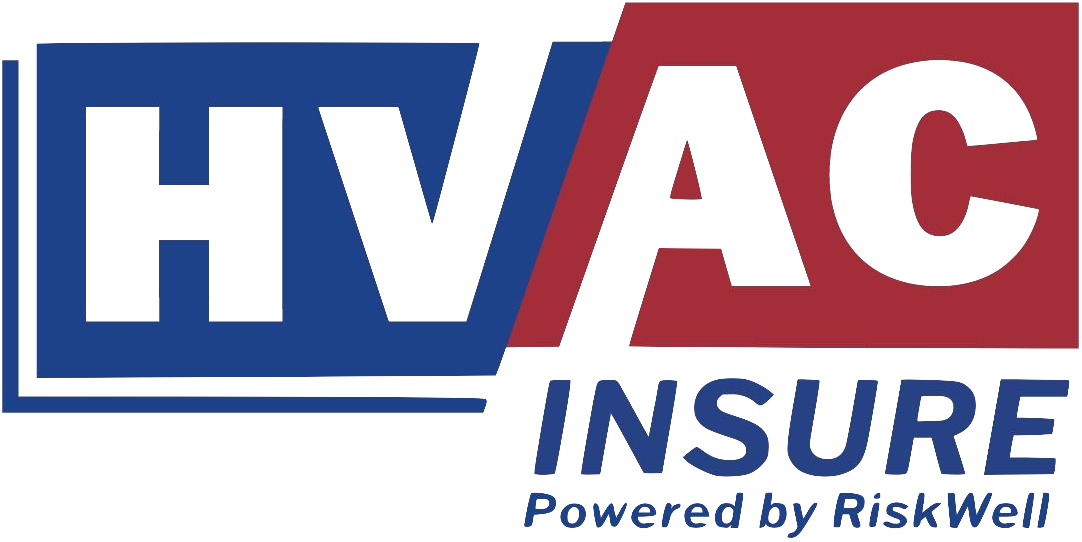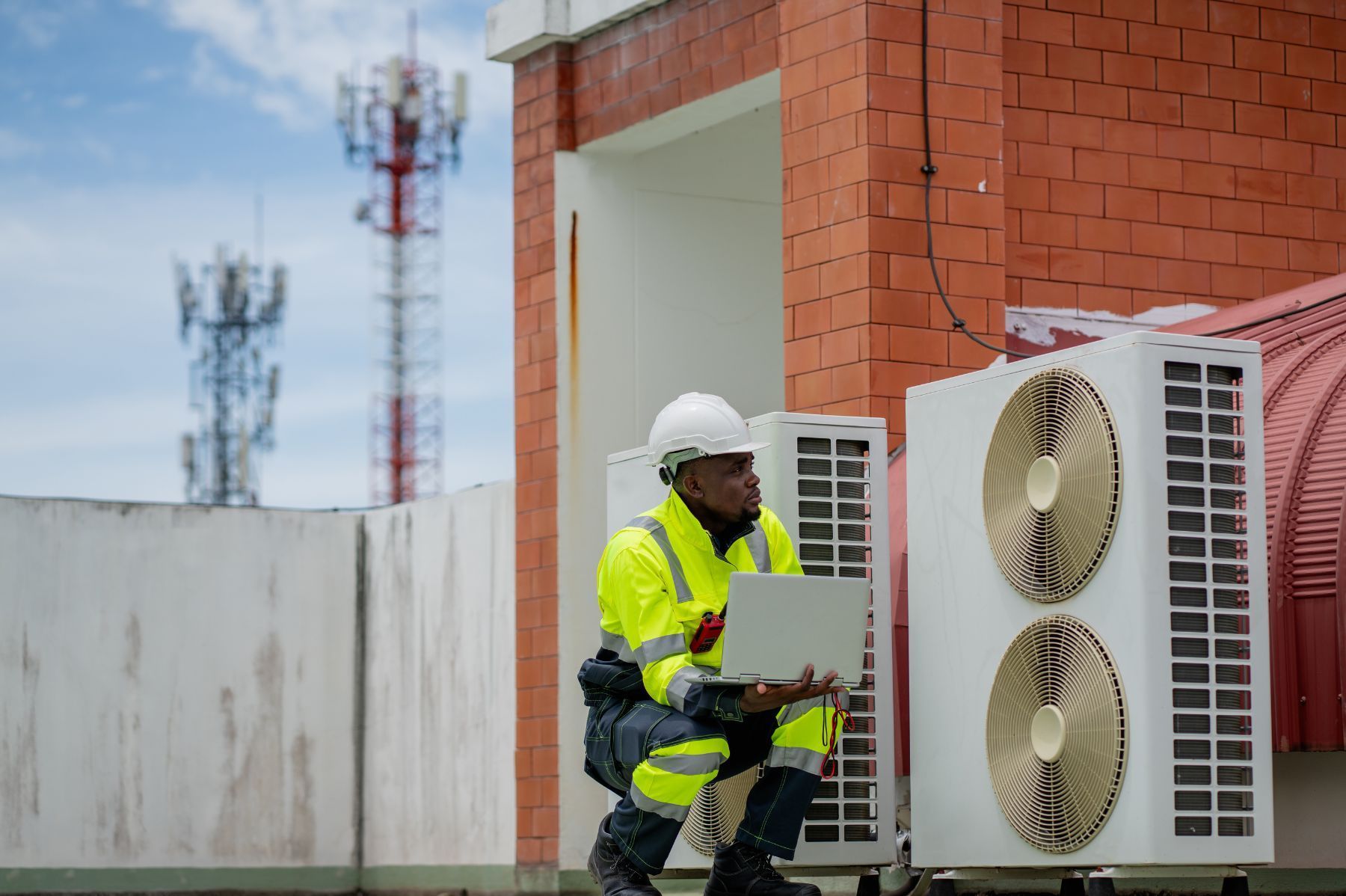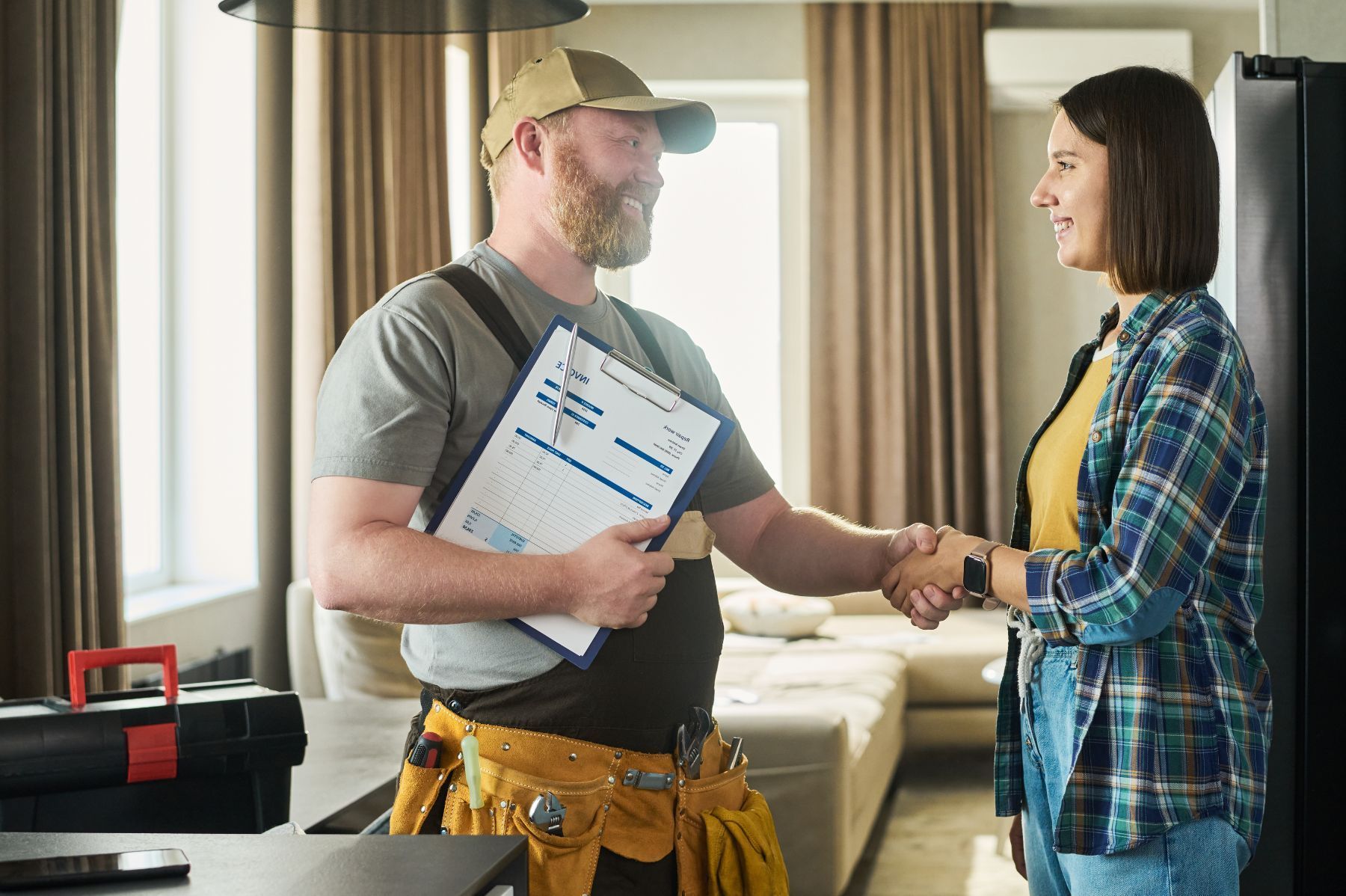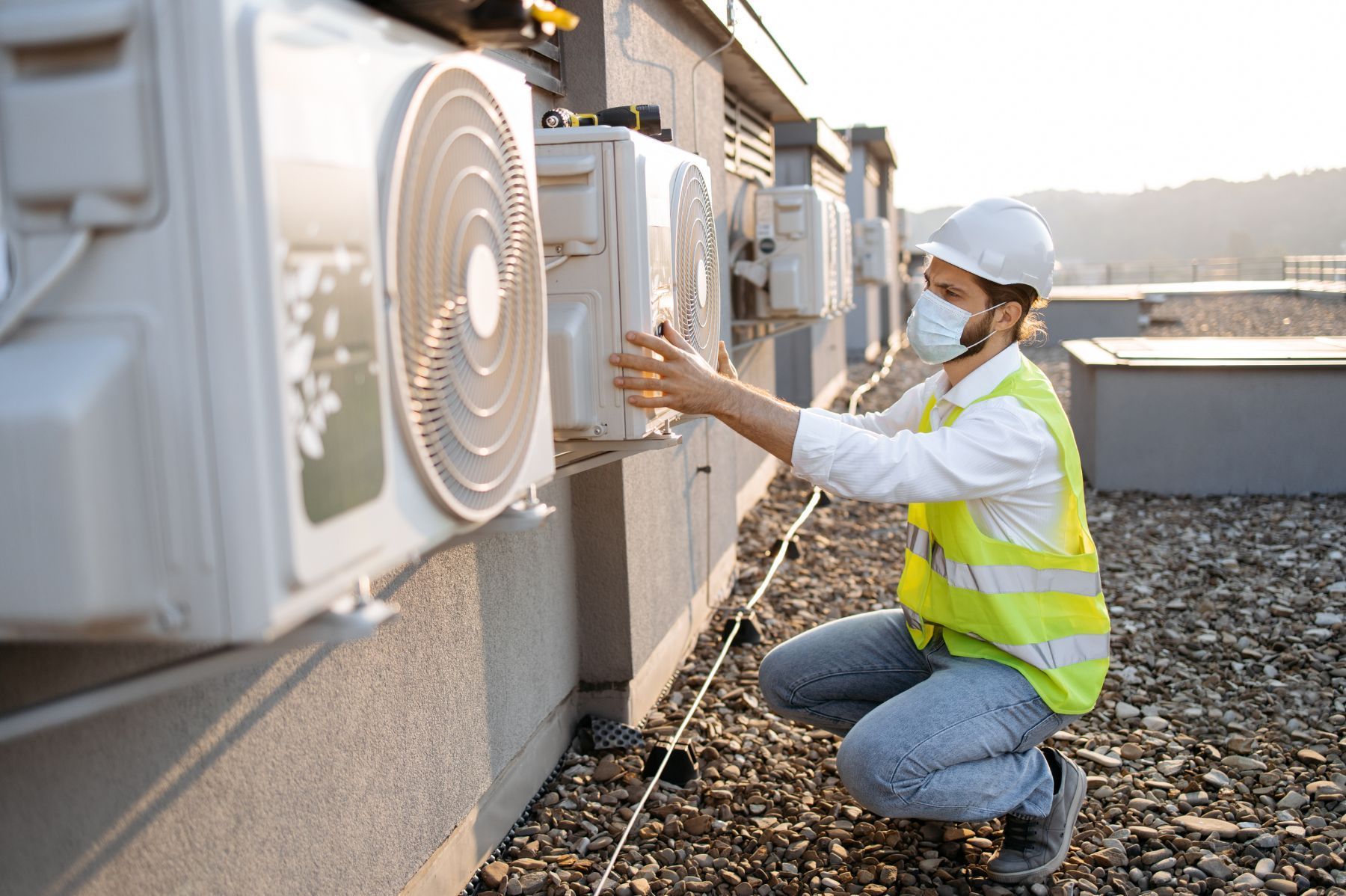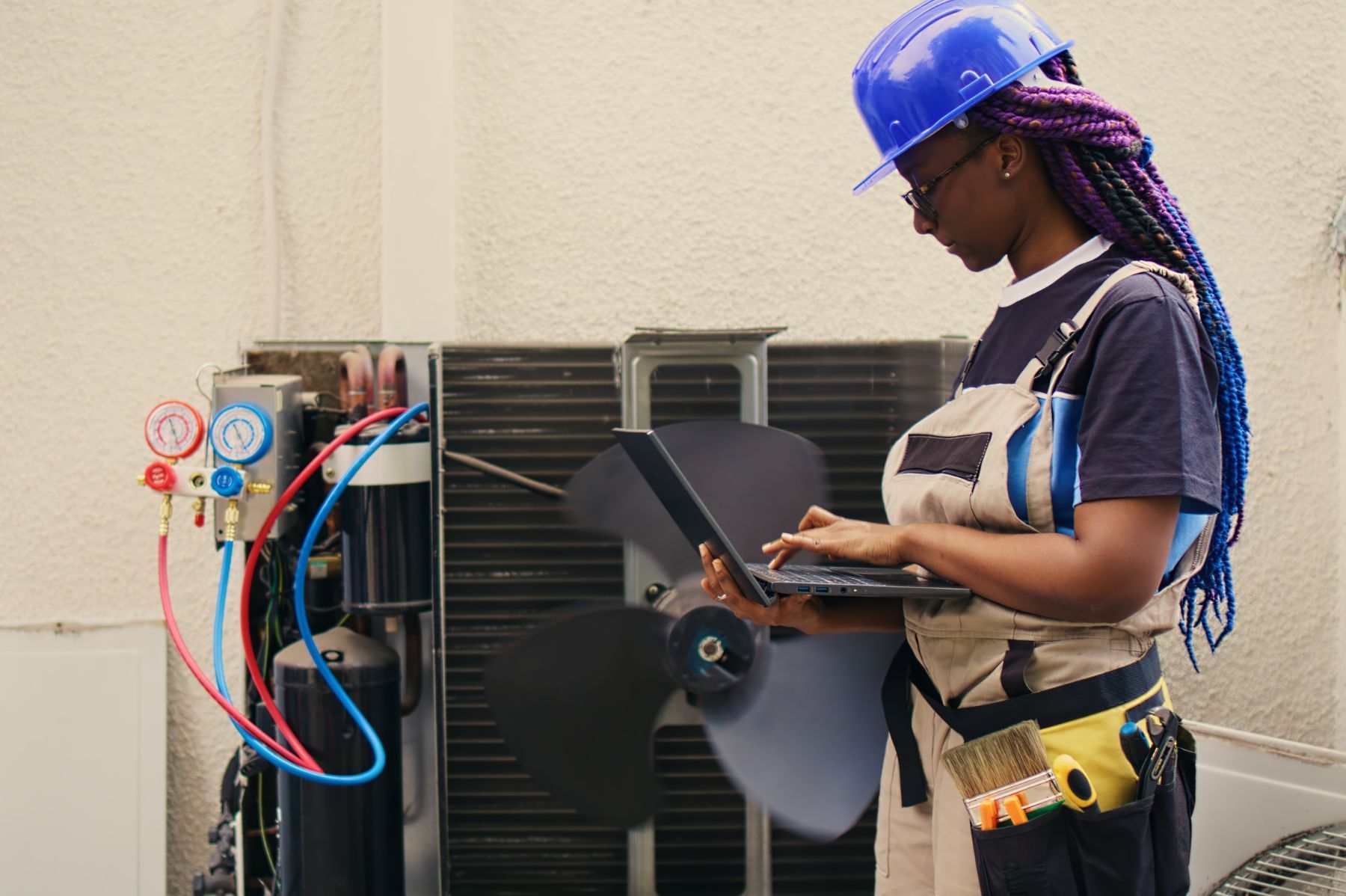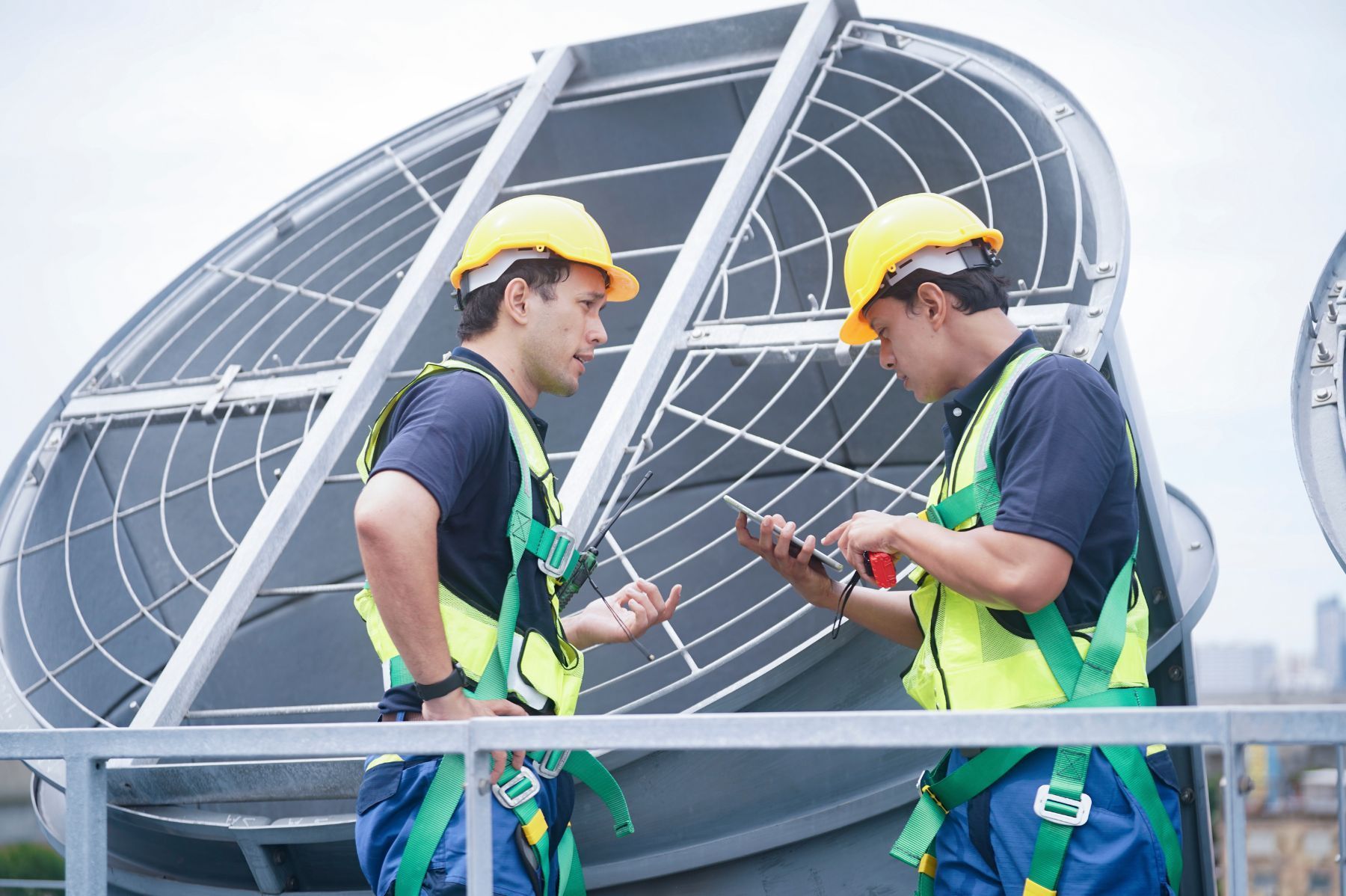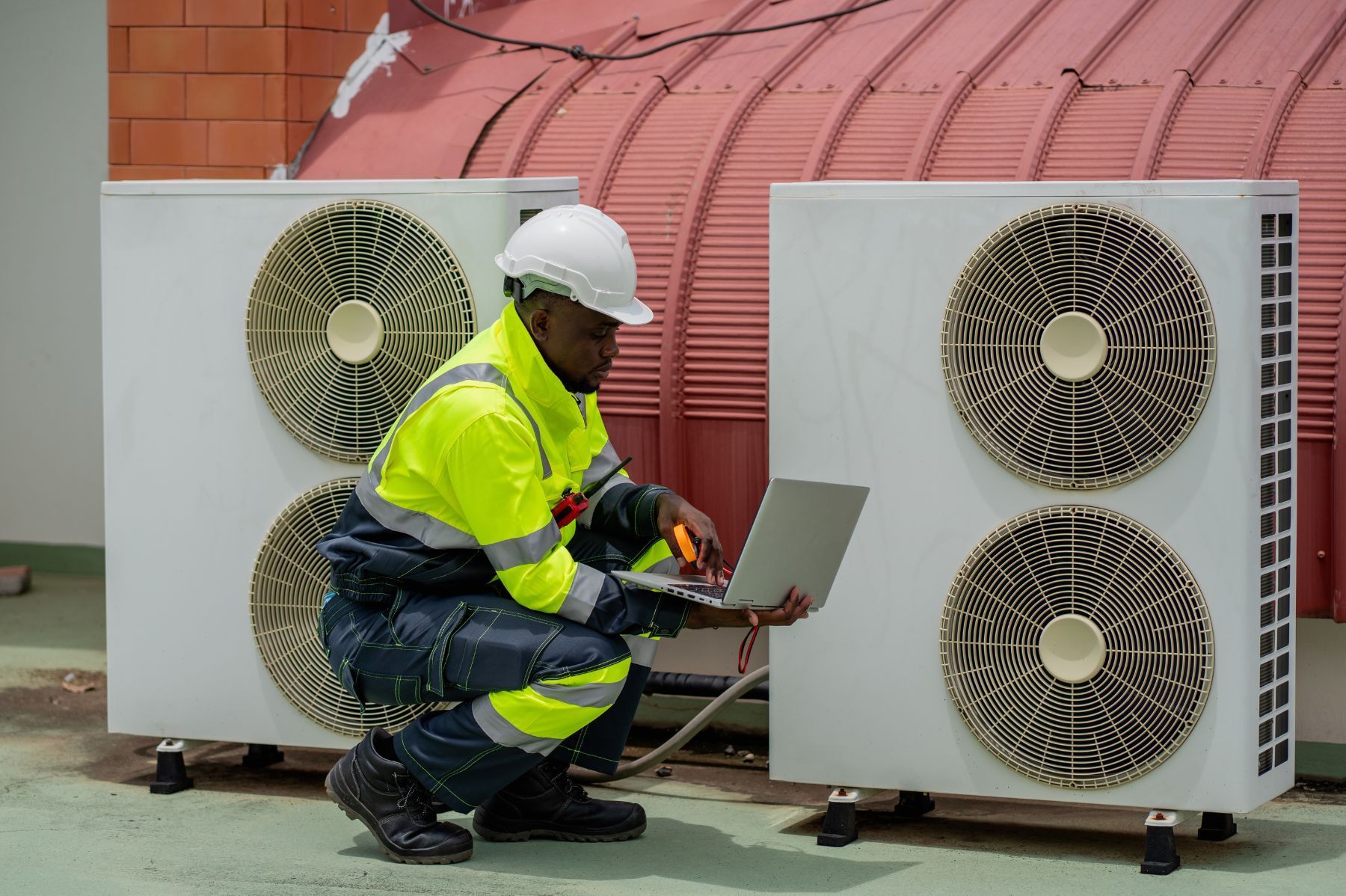What Cybersquatting Means for HVAC Business Owners
See How We're Different
or call us: (469) 678-8001

Imagine a potential client searching online for your HVAC services only to land on a website that looks like yours but is actually run by someone else. This is not a hypothetical scenario but a growing reality for many businesses facing cybersquatting. Nearly one in four businesses have been victims of this deceptive practice, with larger companies feeling the brunt more often. For HVAC business owners, understanding cybersquatting is crucial to protect your brand, revenue, and customer trust. A YouGov survey highlights that 25% of businesses have encountered cybersquatting, making it a pressing concern across industries.
What Is Cybersquatting and Why It Matters to HVAC Businesses
Cybersquatting happens when someone registers domain names that are identical or confusingly similar to a company’s trademark or brand name. The goal is often to divert web traffic, sell the domain at a premium, or even scam customers by impersonating the legitimate business. For HVAC companies, whose reputation depends heavily on trust and reliability, cybersquatting can cause serious damage.
When customers land on a fake site, they might be misled about your services, prices, or contact information. This confusion can erode trust and drive business away. Attorney Aaron Hall points out that cybersquatting “undermines brand reputation and consumer trust,” which can have long-lasting effects beyond just lost sales. Protecting your brand online is essential to maintain credibility in a competitive market.
The Financial Impact of Cybersquatting
Beyond reputational harm, cybersquatting hits the bottom line hard. The International Trademark Association estimates that companies can lose up to $1 million annually due to lost revenue and the costs of fighting cybersquatting cases. For HVAC businesses, especially those scaling up, these losses can be devastating.
Costs come not only from diverted traffic but also from legal fees and efforts to recover domain names. In some cases, businesses must invest heavily in brand recovery campaigns to reassure customers and rebuild trust. This financial strain can divert resources from growth and innovation, putting smaller HVAC companies at a disadvantage. Furthermore, the impact of cybersquatting can extend to customer relationships; if a client has a negative experience on a fraudulent site, they may share their dissatisfaction on social media or review platforms, amplifying the damage to your brand’s image.
Moreover, the growing prevalence of cybersquatting highlights the importance of proactive measures. HVAC businesses should consider registering multiple variations of their domain names to protect against potential squatting. This includes common misspellings or variations that customers might use when searching for your services. By taking these steps, companies can create a more secure online presence and ensure that customers can easily find the legitimate business, thereby safeguarding their reputation and financial health in an increasingly digital marketplace.
How Cybersquatting Trends Are Evolving
Cybersquatting is not a static threat. Recent data shows a steady increase in cases, with over 7,000 disputes filed with the World Intellectual Property Organization in 2022 alone. These involved nearly 8,000 domain names, reflecting a surge in brandjackers exploiting online trademarks. WIPO’s 2022 report underscores the growing challenge for businesses worldwide.
MarkMonitor’s research also reveals a consistent quarter-over-quarter growth of cybersquatting incidents over the past two years, with more than 440,000 instances reported in just one quarter. This trend signals that cybersquatting remains lucrative and persistent, even in tough economic times. For HVAC business owners, staying vigilant is more important than ever.
New Frontiers: Cybersquatting in Emerging Markets
While traditional domain name cybersquatting is well-known, new forms are emerging, especially in the Web3 space. A 2025 study found over 8,000 NFT collections engaging in cybersquatting, targeting hundreds of popular projects and exploiting millions of dollars. Although this may seem distant from HVAC businesses, it highlights how cybersquatting tactics evolve with technology.
As HVAC companies explore digital marketing and online branding innovations, awareness of these new risks can help prepare for future challenges. The lesson is clear: cybersquatting adapts, and so must your protection strategies.
Moreover, the rise of social media platforms has given birth to a new breed of cybersquatting, where perpetrators register usernames or handles that closely resemble those of established brands. This not only confuses consumers but can also lead to reputational damage for the legitimate businesses involved. HVAC companies must monitor their brand presence across various platforms to ensure that their identities are not being misappropriated. Engaging with a trademark attorney can provide valuable insights into safeguarding against these emerging threats.
Additionally, the global landscape of cybersquatting is influenced by varying regulations and enforcement mechanisms across different countries. Some regions have robust legal frameworks to combat cybersquatting, while others lack the necessary protections, making it easier for cybercriminals to exploit unsuspecting businesses. HVAC companies operating internationally should familiarize themselves with local laws and consider proactive measures, such as registering their trademarks in multiple jurisdictions, to mitigate the risks associated with this evolving threat.
Protecting Your HVAC Brand from Cybersquatting
Prevention is the best defense. Registering your business name and common variations as domain names early on can block cybersquatters from capitalizing on your brand. This includes misspellings, regional variations, and related keywords that customers might use. By securing these domains, you not only protect your brand but also enhance your online presence, making it easier for customers to find you. Consider also registering similar top-level domains (TLDs), such as .net or .co, to further fortify your brand against potential threats.
Monitoring your brand online is equally important. Tools and services exist to track new domain registrations that resemble your business name. Early detection allows swift action before damage occurs. Additionally, setting up Google Alerts for your brand name can help you stay informed about any unauthorized use or mentions across the web. This proactive monitoring can serve as an early warning system, enabling you to respond quickly to any potential threats and maintain your brand's reputation.
If you discover cybersquatting, legal remedies are available. The Uniform Domain-Name Dispute-Resolution Policy (UDRP) provides a streamlined process to challenge and reclaim infringing domains. However, legal action can be costly and time-consuming, so combining prevention with monitoring is the most efficient approach. It’s also wise to consult with a legal expert specializing in intellectual property to understand your options and develop a tailored strategy for your specific situation.
Lessons from Indian Market Experiences
High-profile Indian companies such as Flipkart and Zomato have faced significant cybersquatting challenges, leading to lost consumer trust and costly brand recovery efforts. This example shows that even well-established brands are vulnerable and that the damage extends beyond immediate financial loss to long-term reputation. The impact of cybersquatting can ripple through various aspects of a business, affecting customer loyalty, partnerships, and even investor confidence.
For HVAC businesses operating in or targeting emerging markets, these cases offer valuable insights. Investing in brand protection upfront can save substantial headaches later. The Indian market study highlights the importance of proactive measures in safeguarding brand integrity. Furthermore, understanding local market dynamics and consumer behavior can enhance your brand strategy, ensuring that your business not only survives but thrives in competitive landscapes. Engaging with local legal experts can also provide insights into specific regulations and best practices for brand protection in different regions, further solidifying your brand's foothold in the market.
Understanding Combosquatting and Its Risks
Combosquatting is a related but distinct threat where attackers register domain names combining a brand name with other words, such as “HVACservice” or “HVACrepaironline.” A 2017 study found that nearly 60% of abusive combosquatting domains remain active for over 1,000 days, indicating a persistent risk for businesses. This longevity suggests that once these malicious domains are established, they can be difficult to eradicate, allowing scammers ample time to exploit unsuspecting customers.
These domains can be used to trick customers into thinking they are dealing with a legitimate company, leading to scams or phishing attacks. For HVAC owners, this means the threat is not just about your exact business name but also about variations that can confuse customers. The potential for financial loss is significant, as customers may inadvertently provide sensitive information or make payments to these fraudulent sites, believing they are engaging with a trusted service provider.
What This Means for Customer Trust
Customer trust is fragile. When someone encounters a fraudulent site using your brand name, it can create doubt about your legitimacy. This confusion often leads to lost sales and negative word-of-mouth. Attorney Aaron Hall stresses that protecting your brand online is essential to maintaining consumer confidence and avoiding reputational harm. Moreover, the implications of combosquatting extend beyond immediate financial losses; they can also erode the long-term relationship you have built with your clientele. Customers who feel deceived may not only abandon your services but also share their negative experiences across social media platforms, amplifying the damage to your brand's reputation.
Furthermore, the rise of digital marketing means that businesses are increasingly reliant on their online presence to attract and retain customers. As such, the existence of combosquatting domains can undermine your search engine optimization (SEO) efforts. If a fraudulent site ranks higher than your legitimate site due to clever keyword manipulation, potential customers may end up on the wrong site, further compounding the issue. Therefore, it is crucial for businesses to actively monitor domain registrations and consider investing in brand protection services to mitigate these risks and safeguard their online identity.
Practical Steps HVAC Businesses Can Take Today
Start by securing your domain portfolio. Register your primary domain and common misspellings. Consider purchasing domains that combine your brand with key services or locations. This approach limits opportunities for cybersquatters. Additionally, think about acquiring domains that reflect seasonal promotions or specific HVAC services, such as "hvacrepairwinter.com" or "airconditioningservicesummer.com." This not only protects your brand but also enhances your online visibility during peak seasons when potential customers are searching for those specific services.
Next, set up alerts for new domain registrations that include your brand name. Services specializing in brand monitoring can notify you quickly, giving you time to respond before customers are affected. Some advanced monitoring tools can even track social media mentions and online discussions about your brand, providing a more comprehensive view of your brand's online presence. This proactive approach can help you address potential issues before they escalate, ensuring that your reputation remains intact.
Educate your team about phishing and scams linked to cybersquatting. When employees recognize suspicious emails or websites, they can help protect your business and customers. Consider implementing regular training sessions that include real-life examples of phishing attempts and how to identify them. Encouraging an open dialogue about cybersecurity can empower employees to report suspicious activity without fear of judgment, fostering a culture of vigilance that is crucial in today's digital landscape.
Finally, consult with a trademark attorney to understand your rights and the best course of action if you encounter cybersquatting. Legal expertise can streamline dispute resolution and help you recover domains efficiently. It may also be beneficial to explore the possibility of trademarking your brand name, as this can provide additional legal protections and strengthen your position in any disputes. A comprehensive legal strategy will not only safeguard your current assets but also prepare you for future growth and expansion.
Comparison Table: Domain Protection Strategies
| Strategy | Benefits | Considerations |
|---|---|---|
| Register Primary & Variations | Blocks obvious cybersquatting attempts | Costs increase with more domains |
| Brand Monitoring Services | Early detection of suspicious domains | Requires ongoing subscription fees |
| Legal Action (UDRP) | Can reclaim infringing domains | Time-consuming and costly |
| Employee Training | Reduces risk of phishing and scams | Needs regular updates and reinforcement |
What HVAC Business Owners Should Keep in Mind
Cybersquatting is more than just a nuisance. It threatens your brand’s reputation, customer trust, and revenue. The risks are growing, with increasing numbers of cases reported globally. Staying ahead means combining proactive domain registration, vigilant monitoring, and legal preparedness.
Remember that cybersquatting is not limited to traditional websites. Emerging technologies and new online assets require attention as your business evolves. Protecting your brand online safeguards your hard-earned reputation and supports sustainable growth in a competitive market.
For HVAC business owners, investing in brand protection is an investment in your company’s future. The cost of prevention is far less than the price of recovery.
MarkMonitor’s research confirms that cybersquatting remains a lucrative threat, making vigilance essential for all businesses, including HVAC companies.
Frequently Asked Questions
Q: What is the first step to protect my HVAC business from cybersquatting?
A: Register your primary domain name and common variations early to prevent others from taking them.
Q: Can I recover a domain if someone else has registered it?
A: Yes. The UDRP process allows trademark owners to challenge and reclaim infringing domains, though it can be costly and time-consuming.
Q: How can I monitor cybersquatting attempts?
A: Use brand monitoring services that alert you when new domains similar to your brand are registered.
Q: Does cybersquatting only affect websites?
A: No. It can also involve new online assets like NFTs or social media handles, so stay aware of emerging digital spaces.
Q: How does cybersquatting impact customer trust?
A: Fake websites or scams using your brand can confuse customers and damage your reputation, leading to lost business.
Q: Should I involve legal counsel if I suspect cybersquatting?
A: Consulting a trademark attorney early can help you understand your rights and take effective action.
